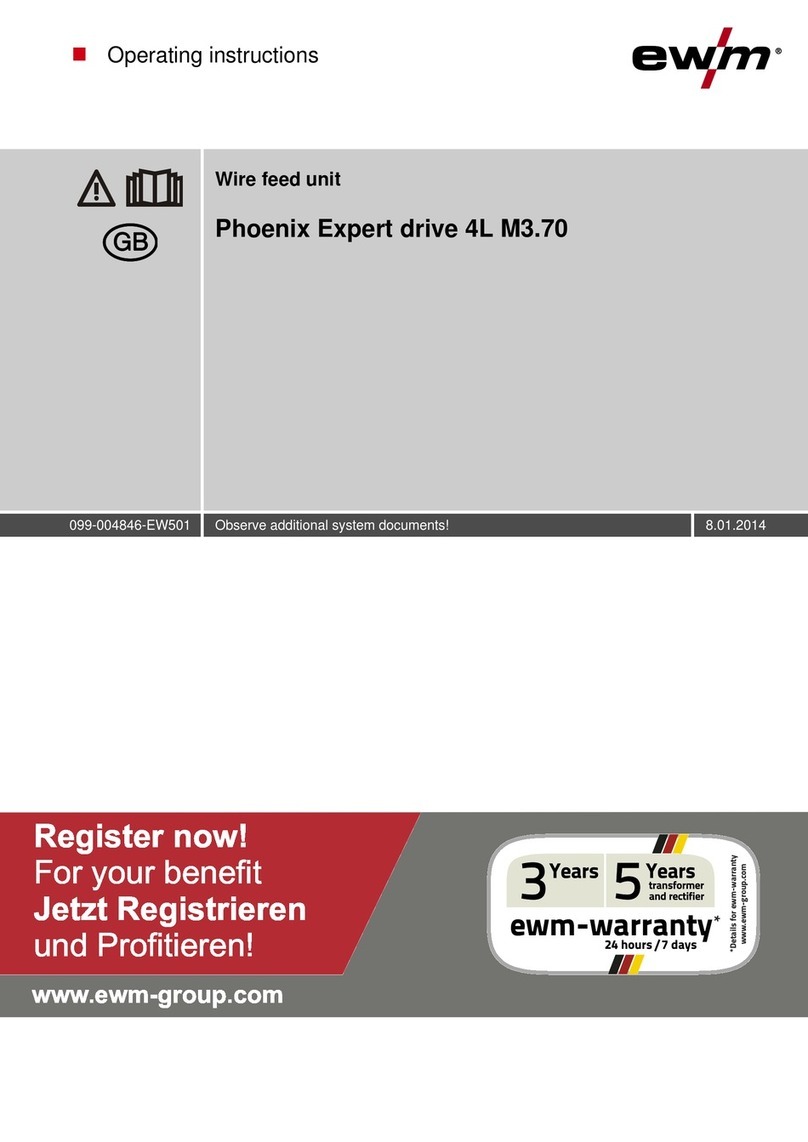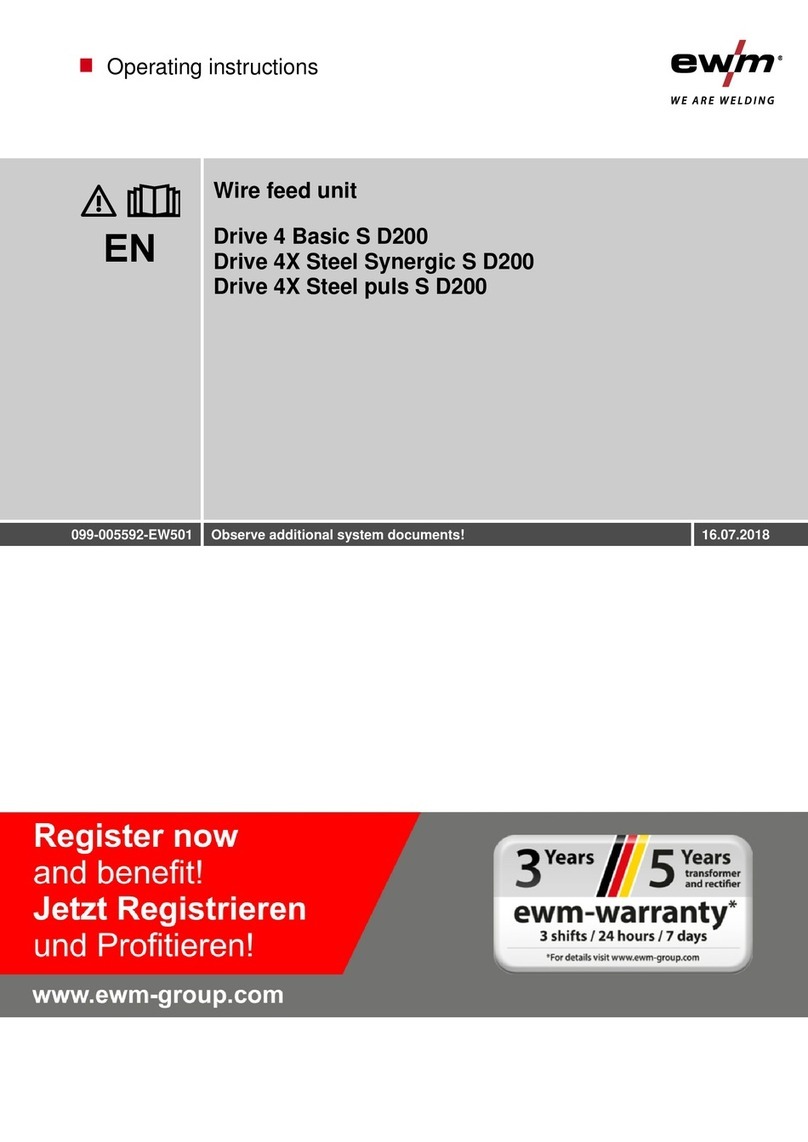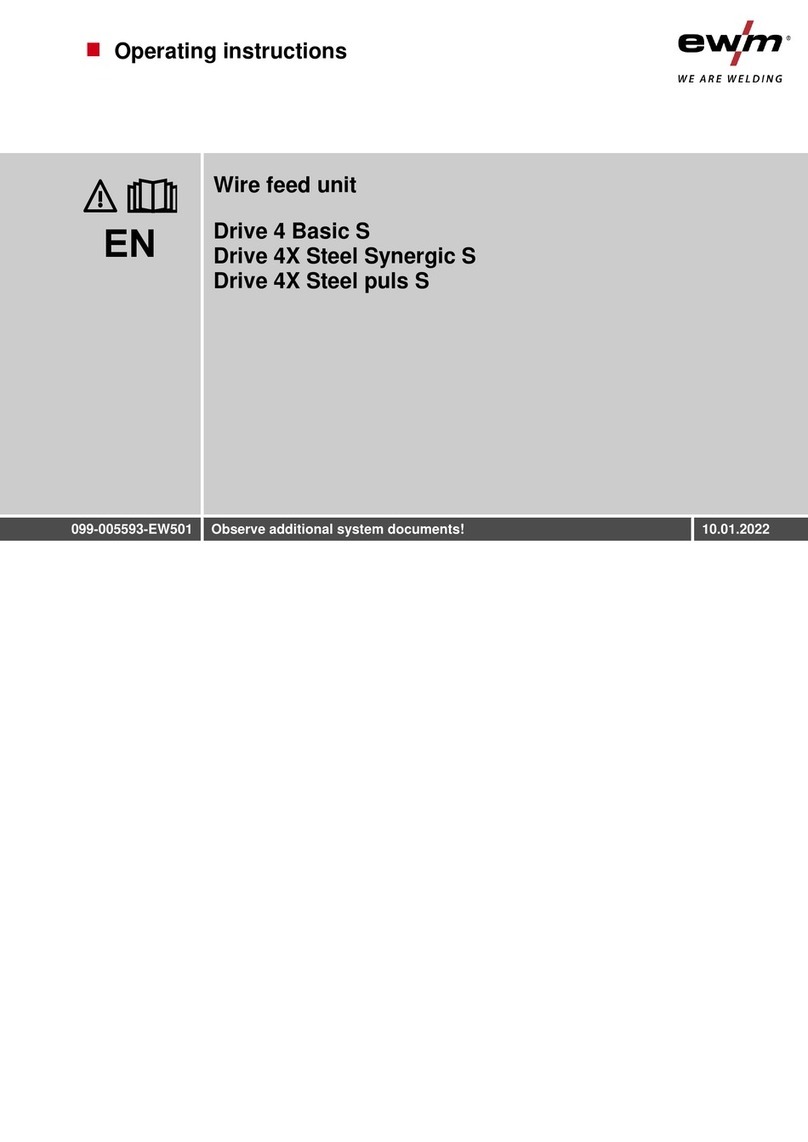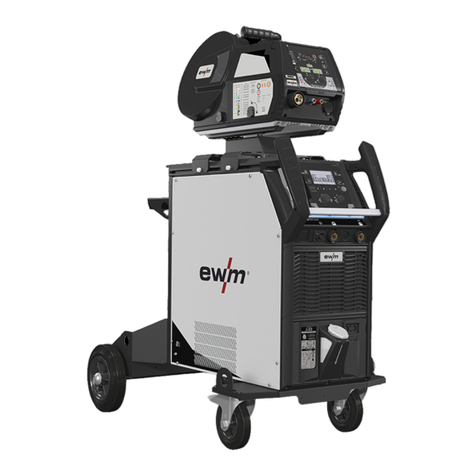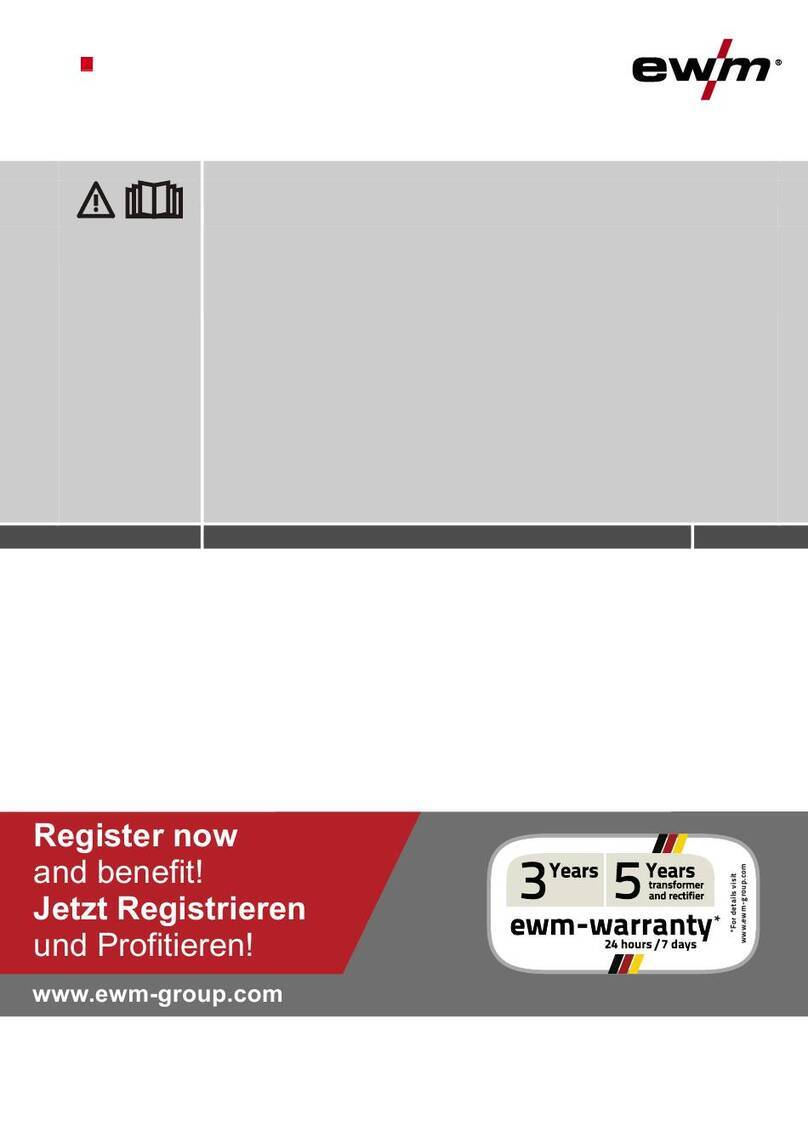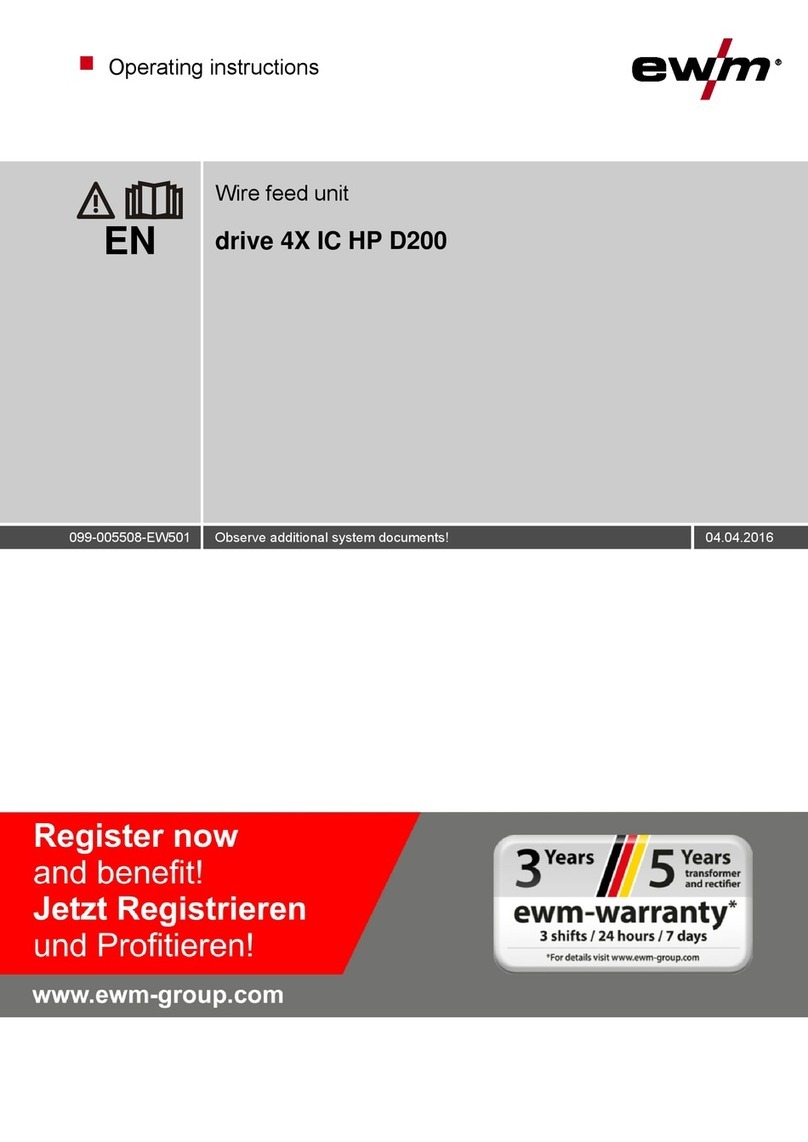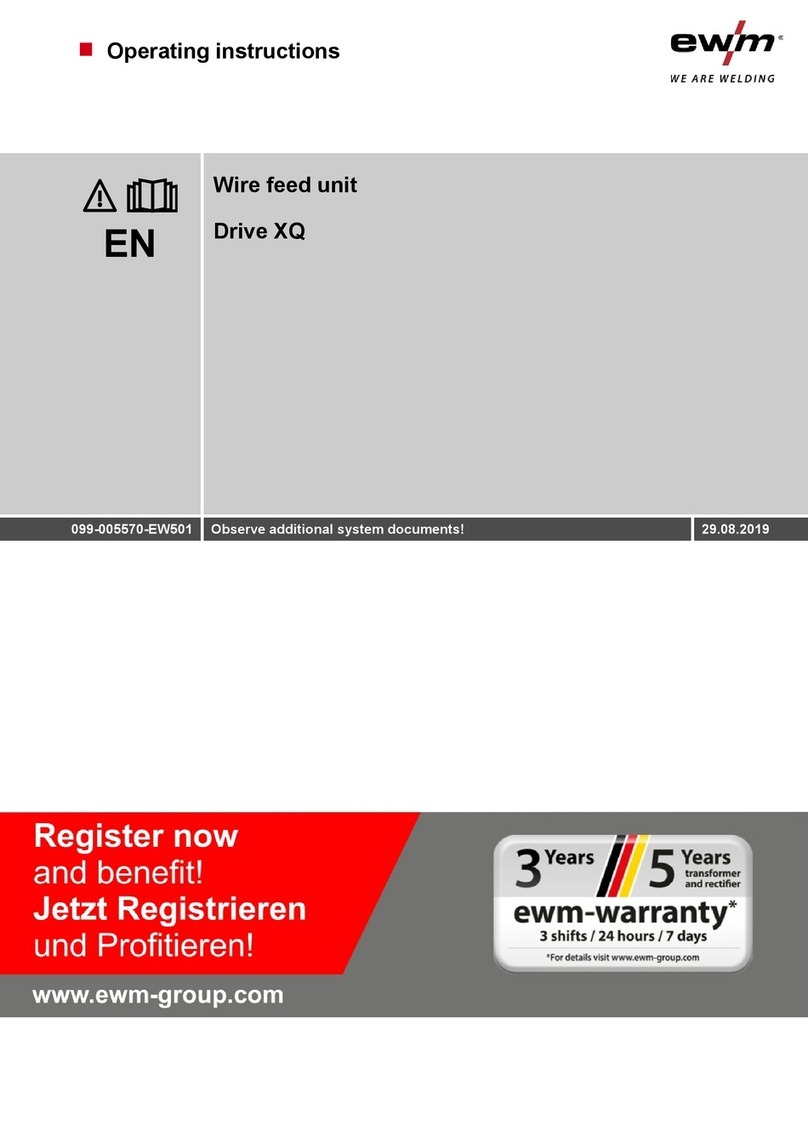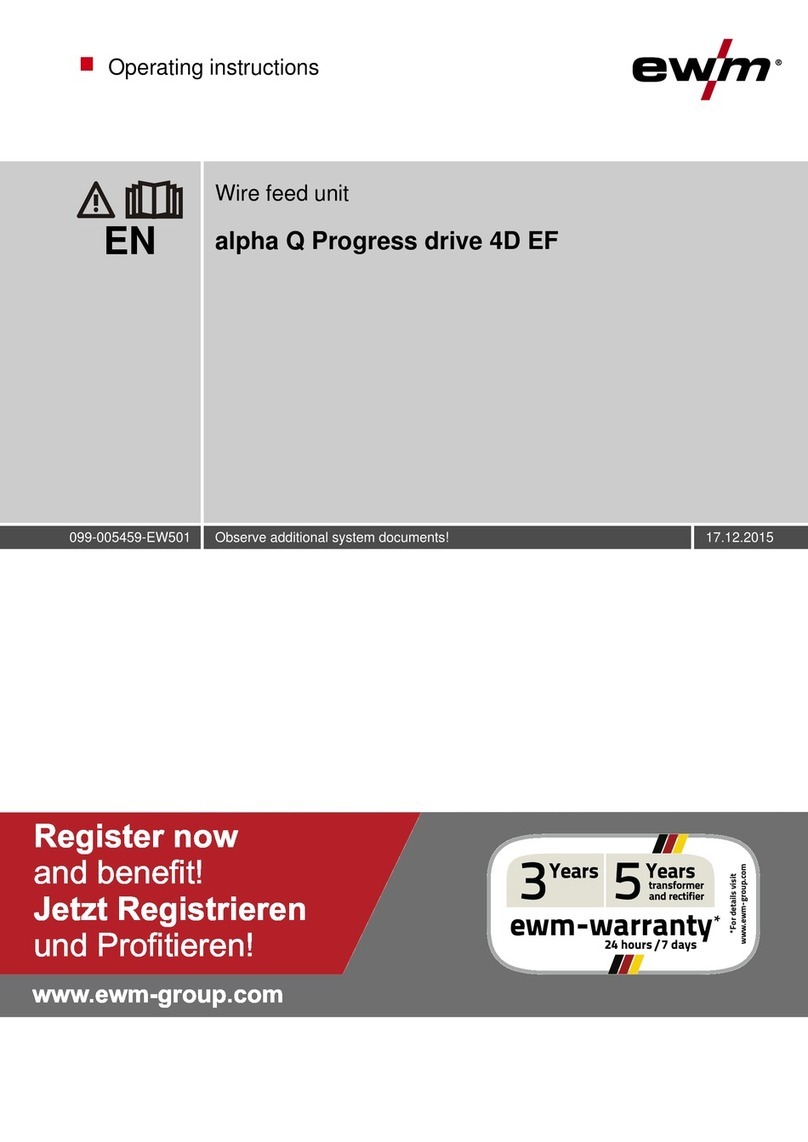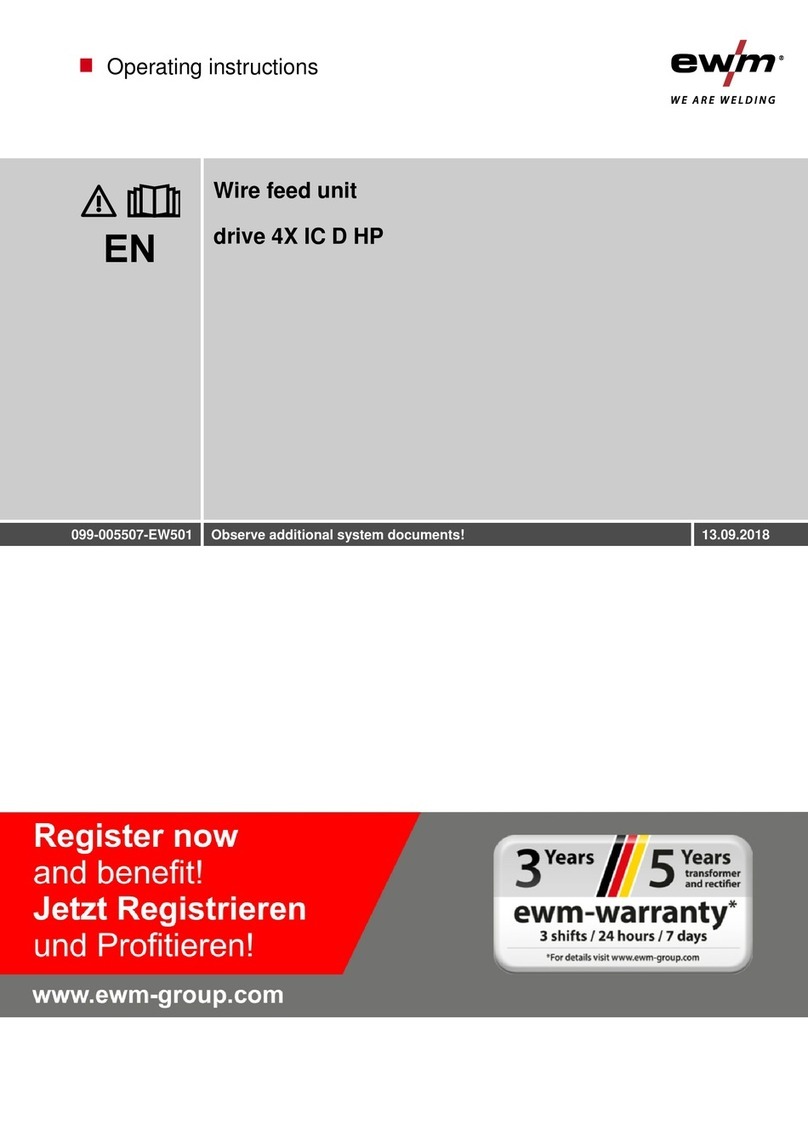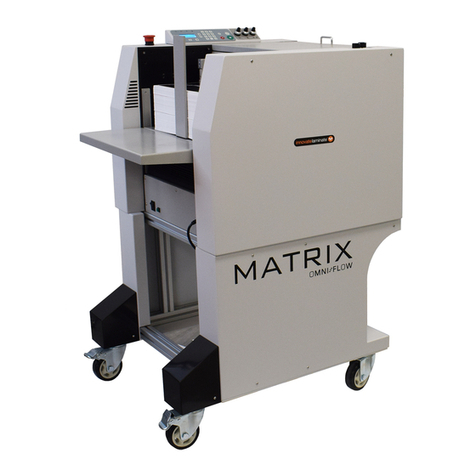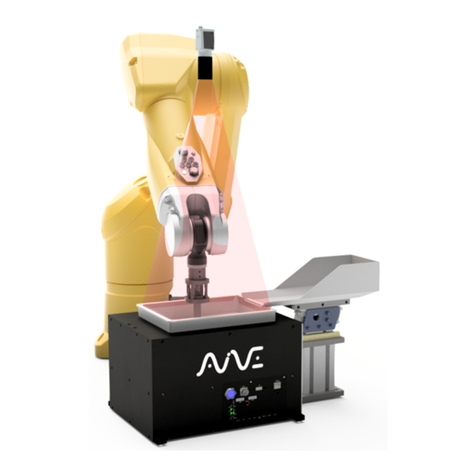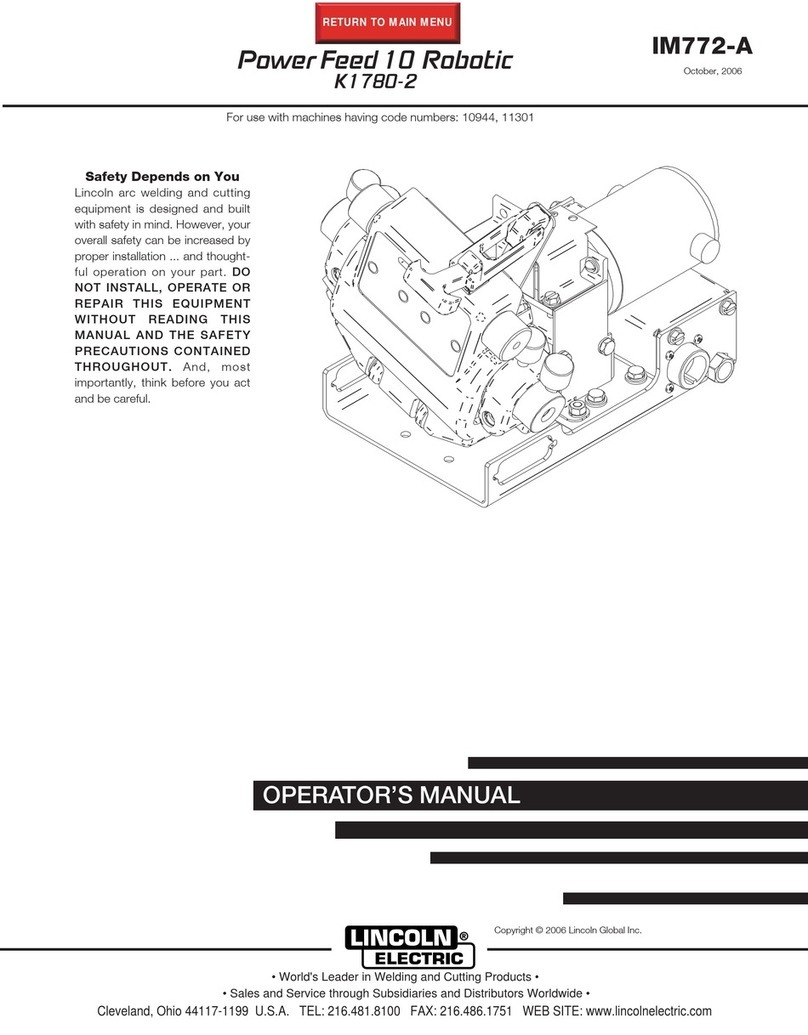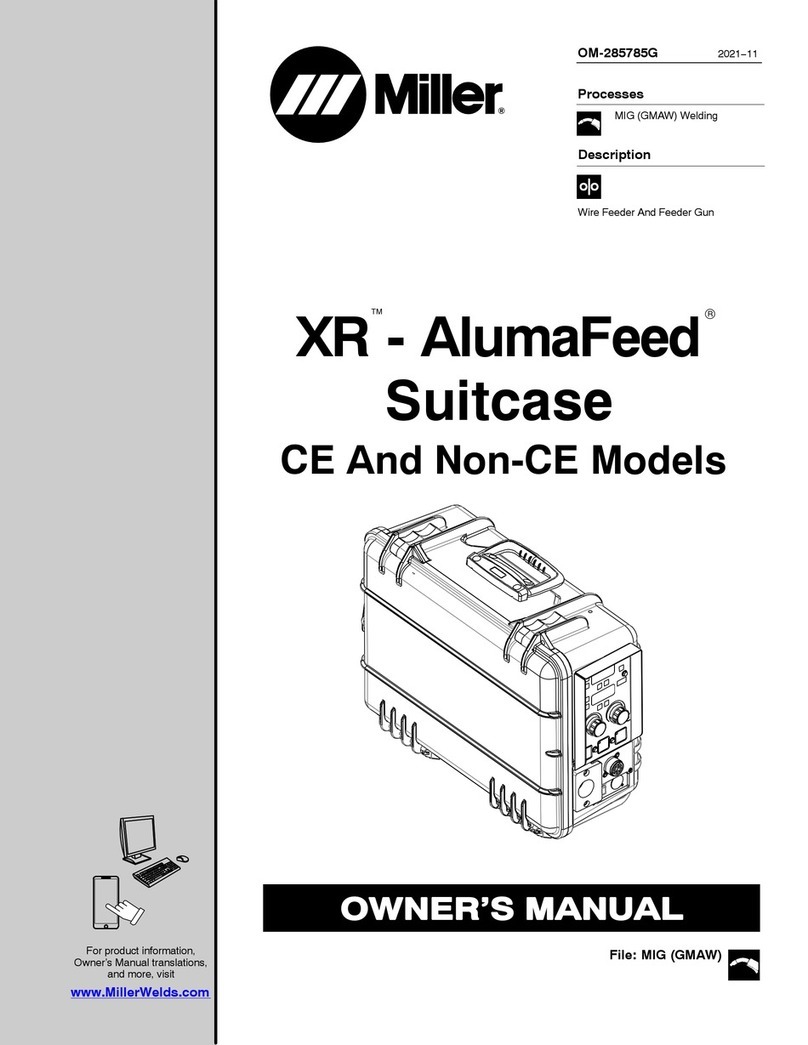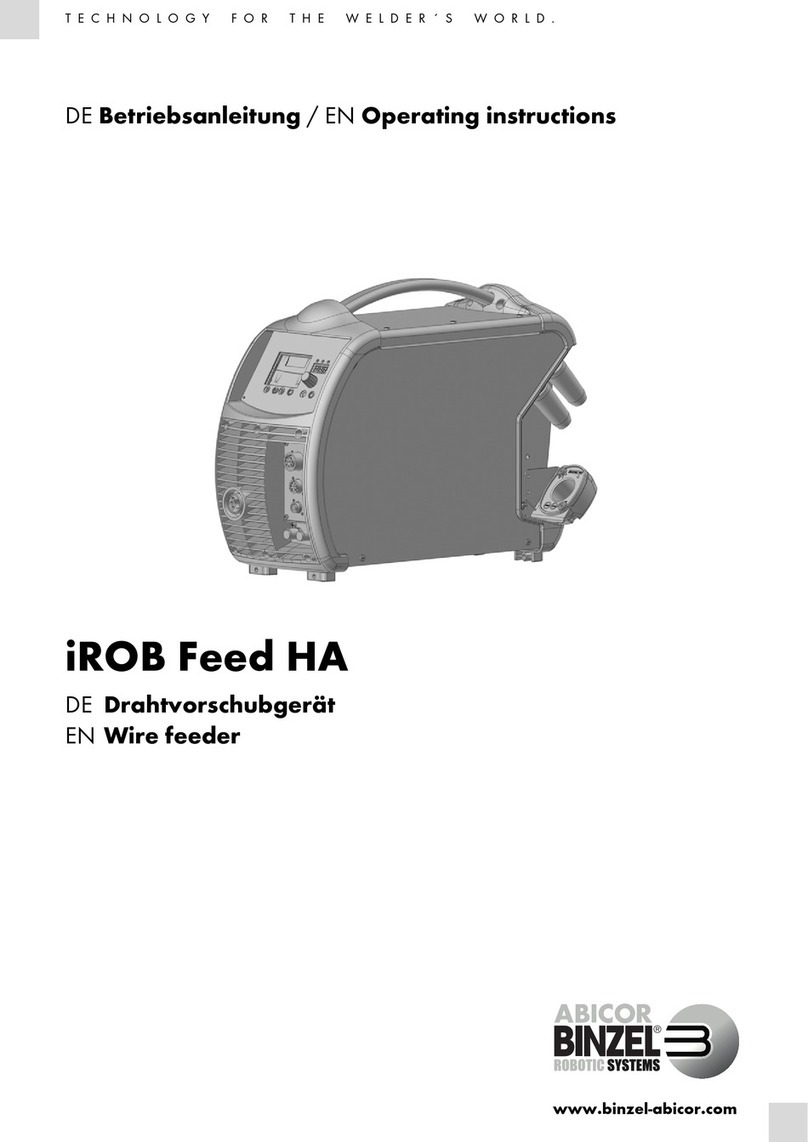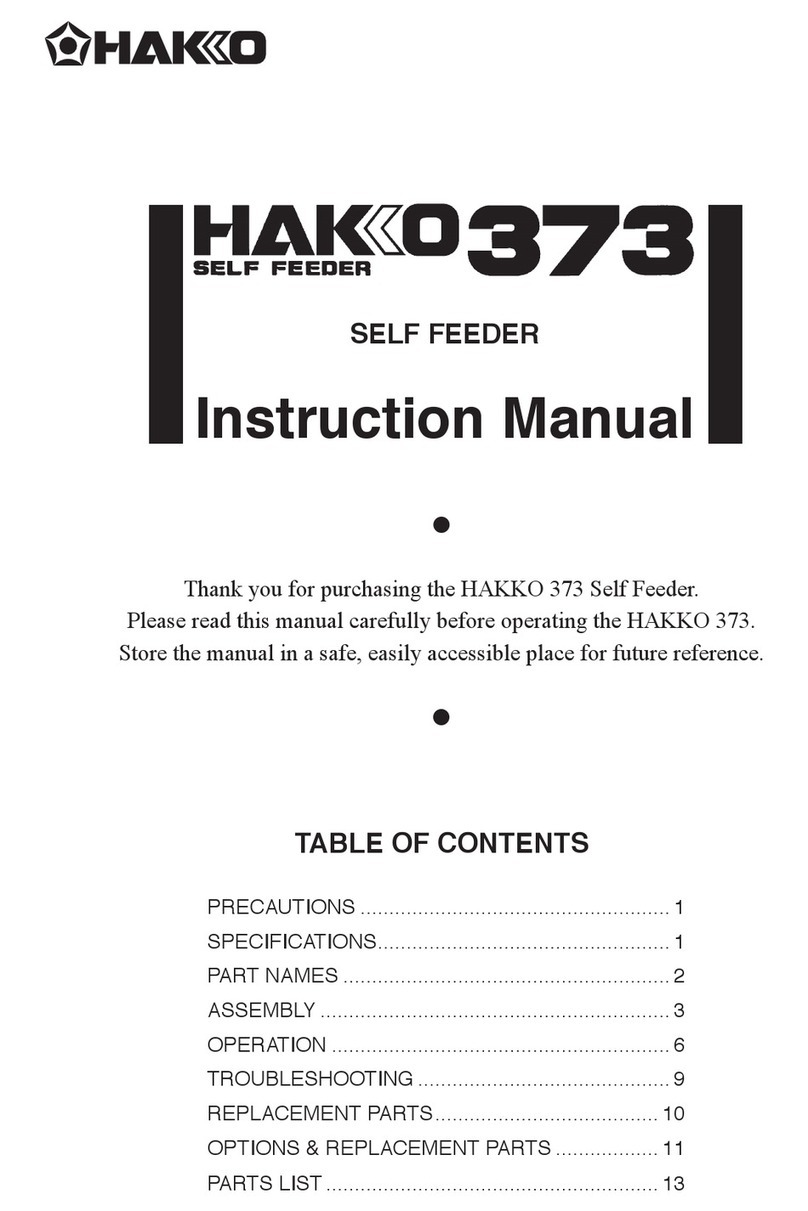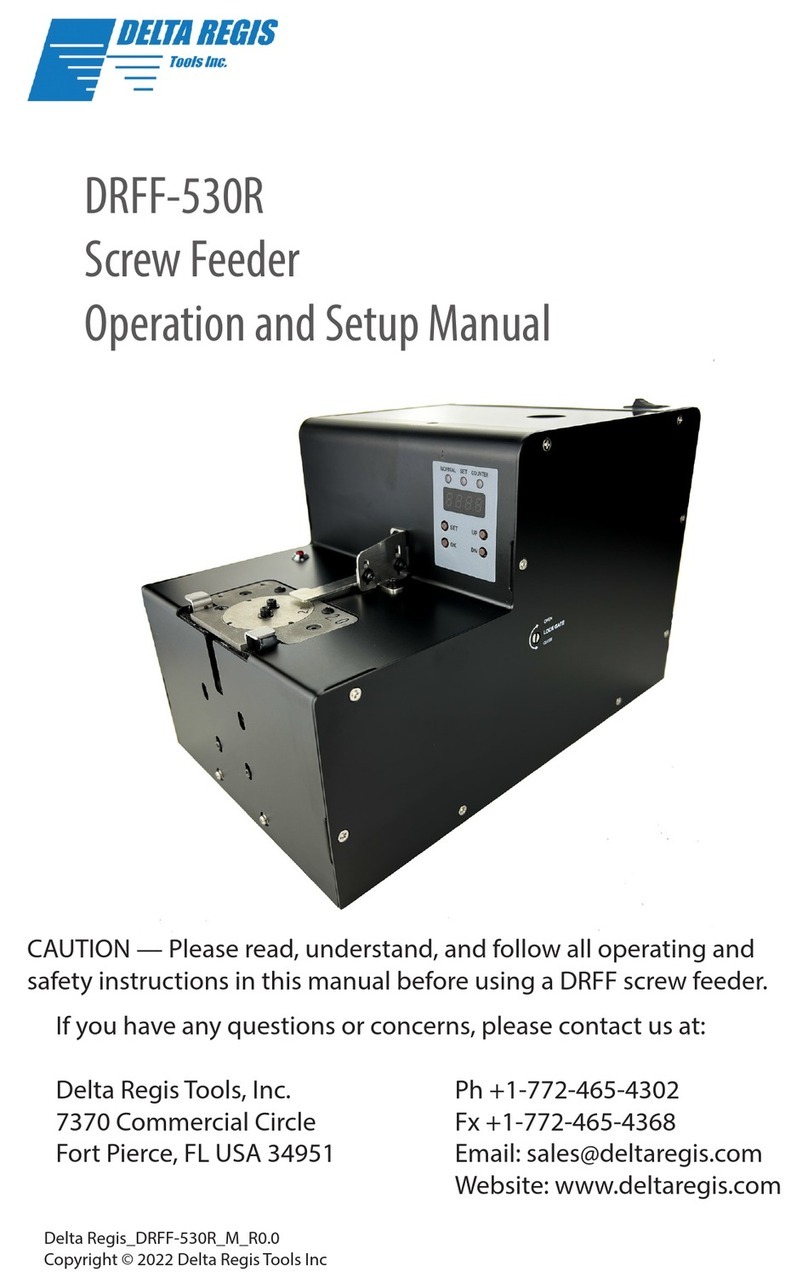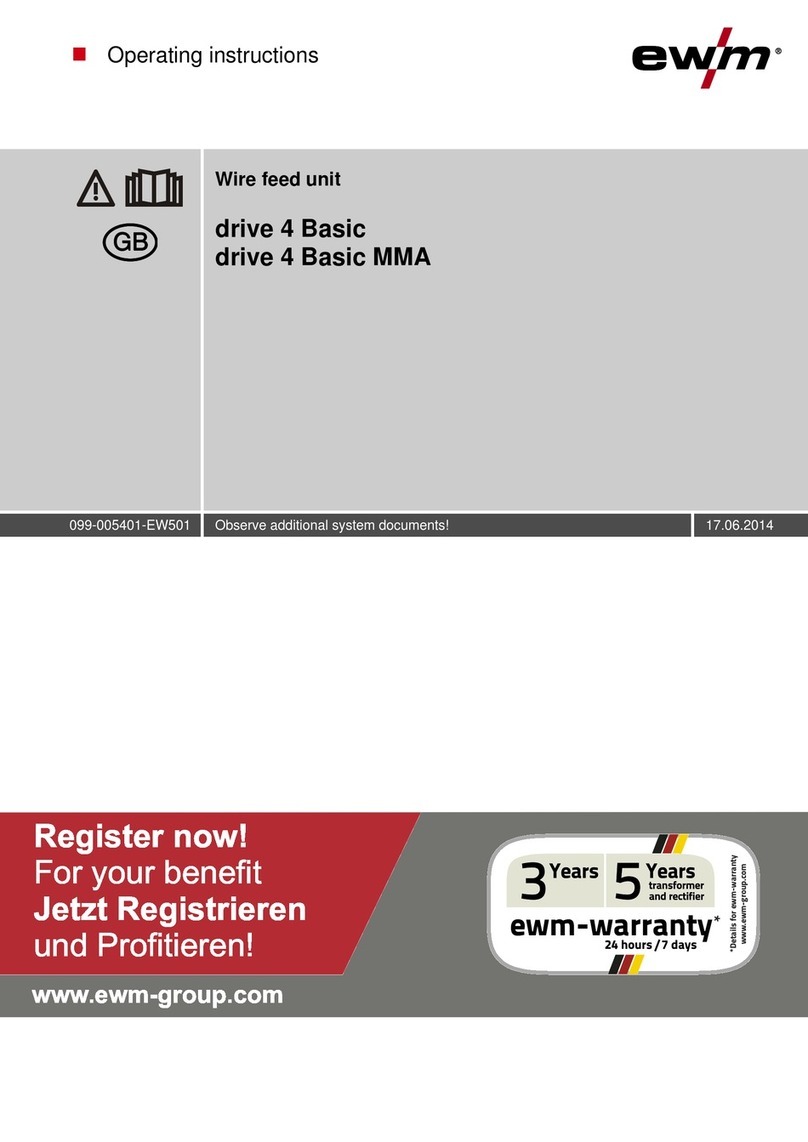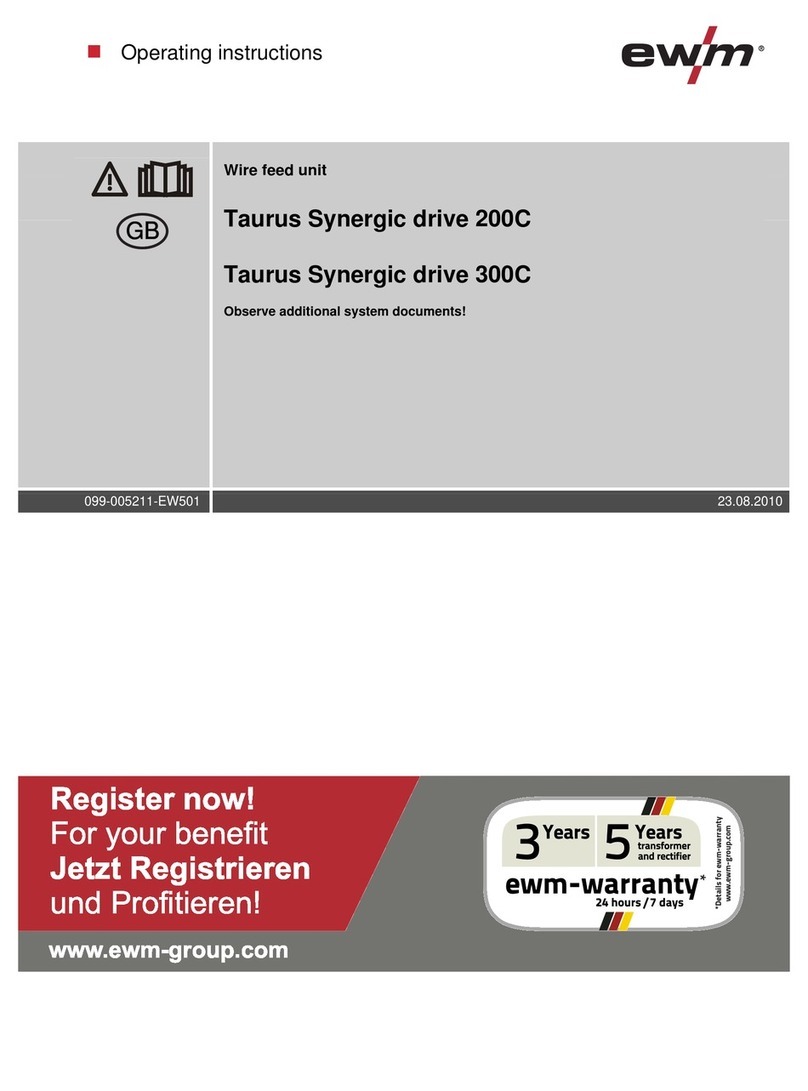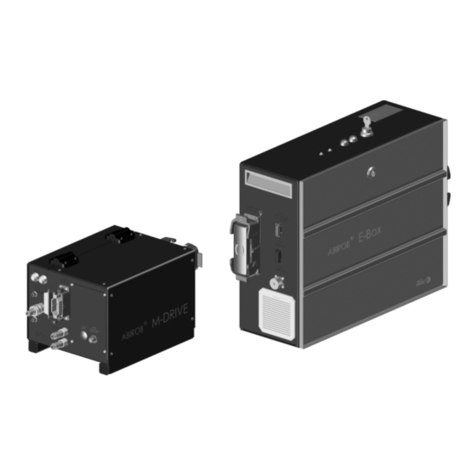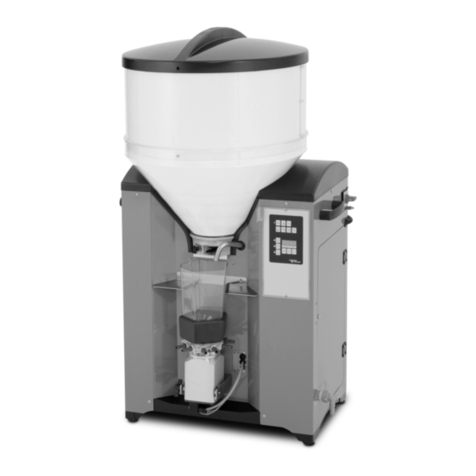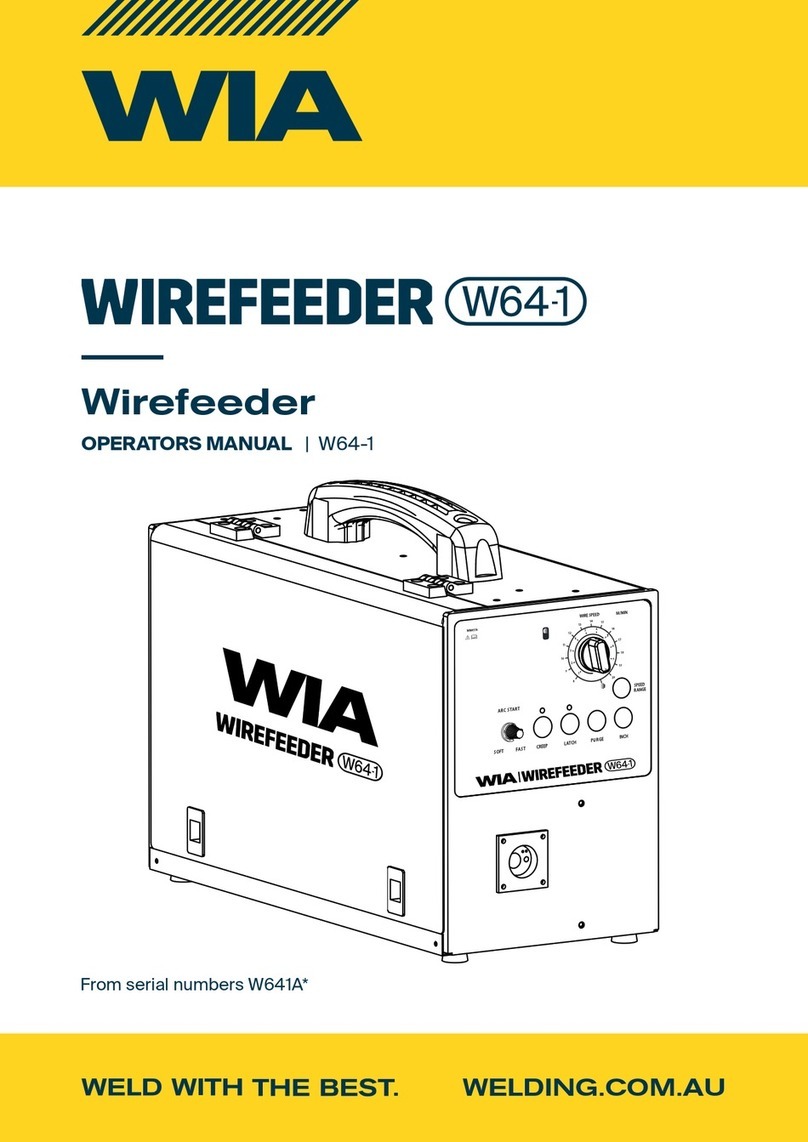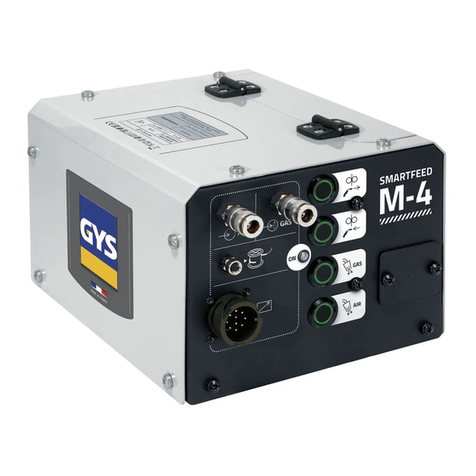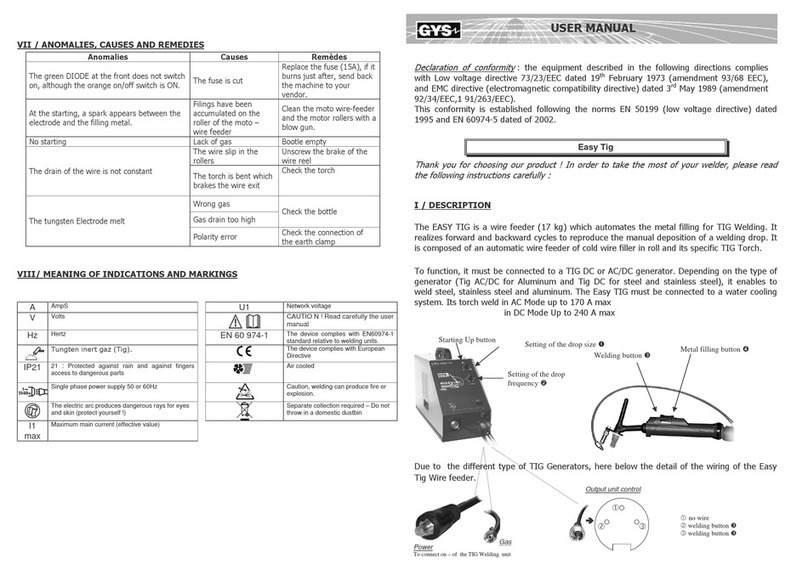
Contents
099-000077-EW501
09.02.2011 3
1Contents
1Contents..................................................................................................................................................3
2Safety instructions.................................................................................................................................5
2.1 Notes on the use of these operating instructions ..........................................................................5
2.2 Explanation of icons.......................................................................................................................6
2.3 General..........................................................................................................................................7
2.4 Transport and installation ............................................................................................................11
2.5 Ambient conditions.......................................................................................................................12
2.5.1 In operation...................................................................................................................12
2.5.2 Transport and storage..................................................................................................12
3Intended use.........................................................................................................................................13
3.1 Applications..................................................................................................................................13
3.1.1 Automation ...................................................................................................................13
3.1.2 TIG cold wire welding...................................................................................................13
3.1.3 For operation only with the following equipment..........................................................14
3.2 Documents which also apply .......................................................................................................14
3.2.1 Warranty.......................................................................................................................14
3.2.2 Declaration of Conformity.............................................................................................14
3.2.3 Welding in environments with increased electrical hazards.........................................14
3.2.4 Service documents (spare parts and circuit diagrams)................................................14
4Machine description – quick overview ..............................................................................................15
4.1 T drive 4 Rob 2 ............................................................................................................................15
4.1.1 Front view.....................................................................................................................15
4.1.2 Rear view......................................................................................................................16
4.1.3 Inside view....................................................................................................................17
5Design and function.............................................................................................................................18
5.1 General........................................................................................................................................18
5.2 Installation....................................................................................................................................19
5.2.1 Mounting without carrier plate......................................................................................20
5.2.2 Mounting with carrier plate (option)..............................................................................20
5.2.3 Strain relief option for third party intermediate tube package ......................................21
5.3 Intermediate hose package connection.......................................................................................23
5.4 Welding torch connection ............................................................................................................24
5.4.1 Inching the wire electrode ............................................................................................25
5.4.2 Changing the wire feed rollers......................................................................................26
6Maintenance, care and disposal.........................................................................................................27
6.1 General........................................................................................................................................27
6.2 Maintenance work, intervals ........................................................................................................27
6.2.1 Daily maintenance tasks ..............................................................................................27
6.2.2 Monthly maintenance tasks..........................................................................................27
6.2.3 Annual test (inspection and testing during operation)..................................................27
6.3 Repair Work.................................................................................................................................28
6.4 Disposing of equipment ...............................................................................................................28
6.4.1 Manufacturer's declaration to the end user..................................................................28
6.5 Meeting the requirements of RoHS .............................................................................................28
7Technical data ......................................................................................................................................29
7.1 T drive 4 Rob 2 ............................................................................................................................29

